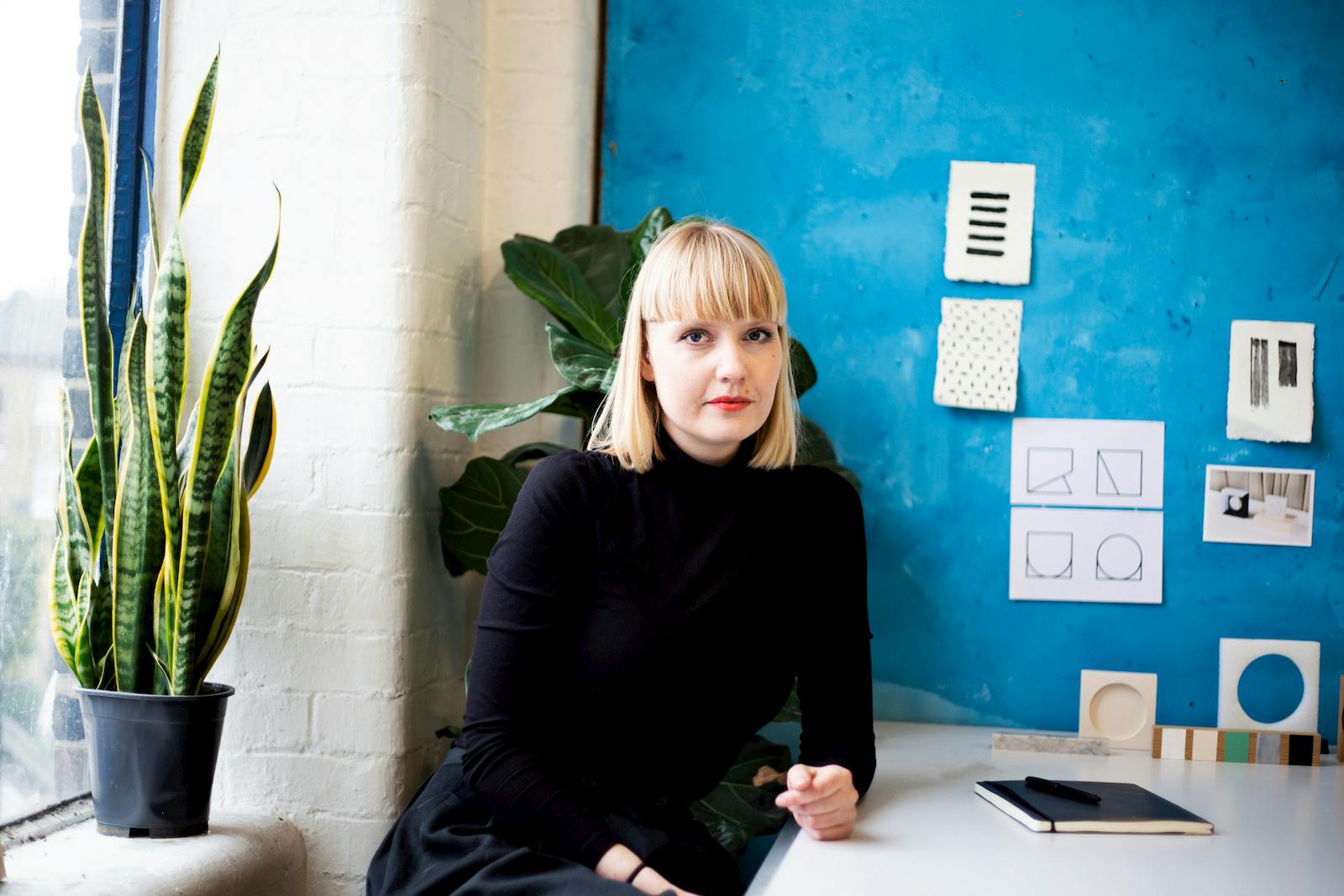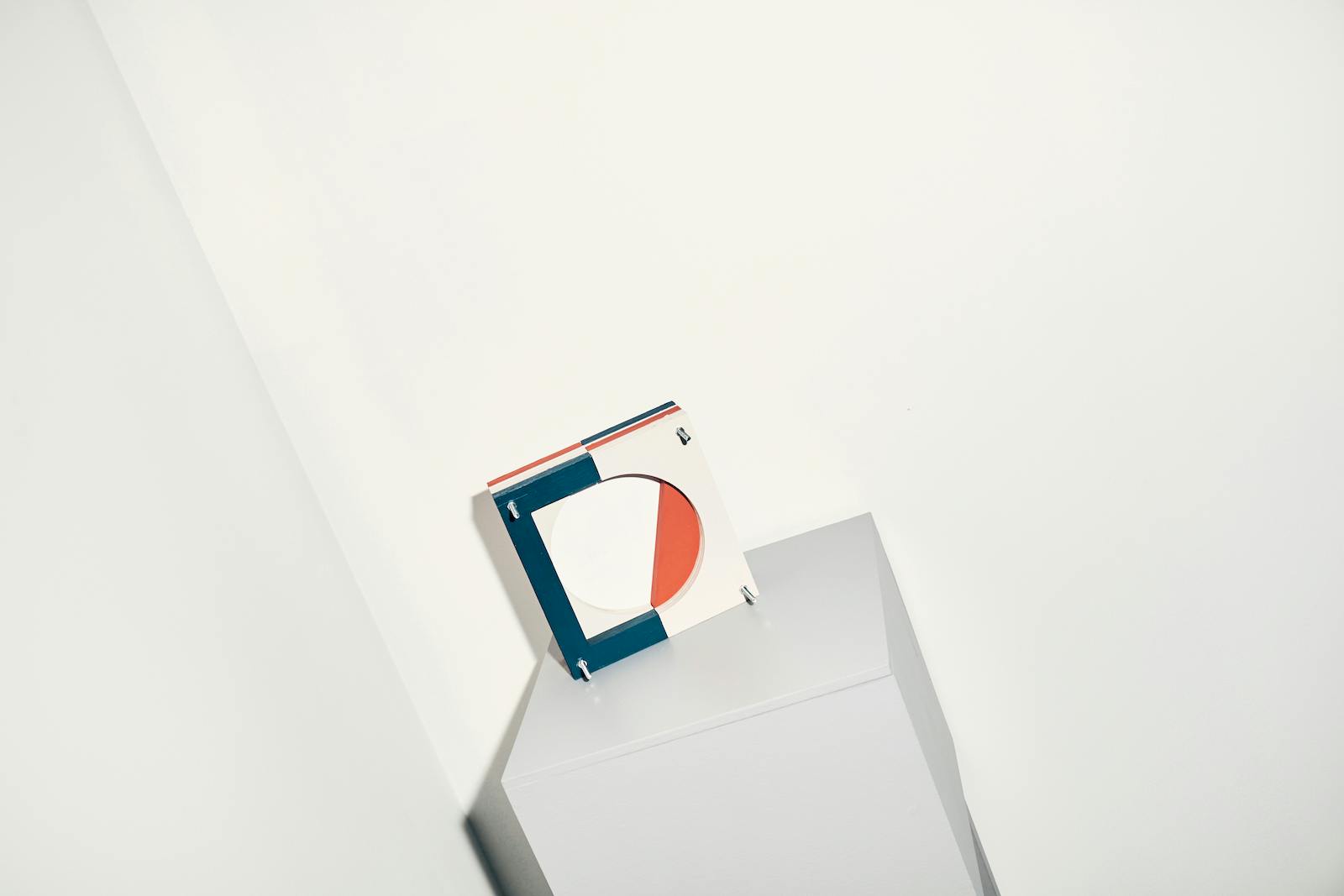Every object has a story
—
Theodóra Alfreðsdóttir

First published in HA Extra for DesignMarch 2019.
Product designer Theodóra Alfreðsdóttir has had plenty to do in the lead-up to DesignMarch. Not only will she be among the speakers at the DesignTalks conference, her work will also feature in three exhibitions: her solo show Mould / experiments at Geysir Heima, Domestic landscapes, at the FÓLK Reykjavík exhibition, and Formex Nova at the Nordic House. The last of these has particular resonance, as Theodóra is among the nominees for the 2019 Formex Nova Nordic design award.
Theodóra, who lives and works in London and Reykjavík, says she approaches design in a process-driven way: “There are so many interesting things that can happen if you don’t have a preconceived idea about what you’re looking for. Mistakes can be exciting, too. My work grows out of stories, rather than objects. Every object has a story of some kind.”
Theodóra often works with natural materials and is inspired by the ideas and philosophies that she feels live within every object. She’s not afraid to try new things. For example, she’s made dinnerware sets out of the rock-forming mineral Feldspar and conducted experiments with ceramic in which objects were burned underground.
“There are so many interesting things that can happen if you don’t have a preconceived idea about what you’re looking for. Mistakes can be exciting, too. My work grows out of stories, rather than objects. Every object has a story of some kind.”

A new lamp designed by Theodóra will be debuted at the FÓLK exhibition, and she says the company’s ideology nicely fits her own methodology: examining the origins of a material, and how it's put to use, from the perspective of sustainability. “These lamps are made from Icelandic stone and aluminium and I’m looking into how it might be possible to use as little material as possible [to make them]. The result is a kind of sculpture.”
Theodóra sees great strides being made in Icelandic product design: “Product design is in a really good place because we can be intermediaries between a number of different fields and professionals, but we’re also in close contact with the public and so it’s possible, therefore, to reach a wide audience. There are always conflicts between what is unique and what’s mass-produced, and it’s important that we get people to connect with objects and think about their stories.”
